Ex-con Bernie Matthews slams secret deals that left Cobby murderer free to kill
Prison “rewards” for criminals who snitch on their own have contributed to some of the most violent and brutal crimes ever committed in this country, including the death of Anita Cobby, says a notorious former crim.
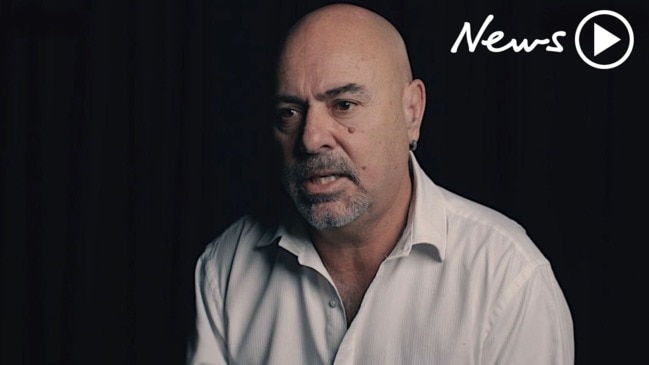
Behind the Scenes
Don't miss out on the headlines from Behind the Scenes. Followed categories will be added to My News.
Some of Australia’s most notorious criminals including one of the killers of nurse Anita Cobby may not have done their heinous crimes had they not received prison privileges that today still rewards our worst inmates, a former long-term prisoner has revealed.
Bernie Matthews, once branded one of the nation’s most violent men who served almost 30 years in jail, has blown the lid on the deals getting done behind bars allowing informers to receive reduced sentences, better jail conditions, privileges and in some instances early freedom in exchange for information.
Matthews, writing for True Crime Australia, said forget people like Lawyer X Nicola Gobbo, the lawyer recruited by police to inform on criminal clients, the criminals themselves are law enforcement’s most valuable sources of intelligence.

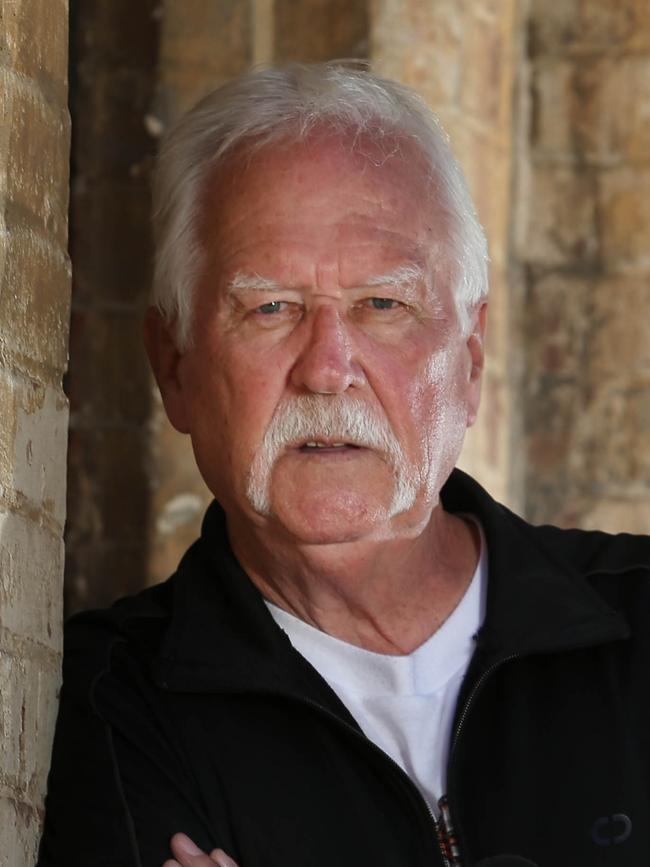
Matthews, now an award-winning author, said every State corrective services had the practice and cited one case where a well-known informer in Victoria was later jailed in NSW’s Goulburn jail but assisted authorities with information and was released early before moving to Queensland where he was again jailed for rape and kidnap.
There was also another notorious convicted murderer and Victorian hitman who was allowed out after rolling on his Mafia gangland mates at the behest of the Australian Federal Police and today still lives a free man, albeit on the run from both police and the underworld.
Some of the people known to be on police pay rolls as informers or in witness protection cannot be named for legal reasons but Matthews has nominated prison lifers Ray Denning and Michael Murphy, who went on to rape and kill Anita Cobby in 1986, as two of the biggest turncoats.

Denning was serving life for murdering a prison officer in 1974 but became a supergrass and through his informing was placed into minimum security and escaped to reunite with notorious criminal Russell Cox; the pair later arrested in Doncaster Shopping Centre in Victoria. There was speculation Denning’s “escape” was orchestrated so as he could assist police to find Cox who had been on the run for 11 years. Denning was also the police source of false evidence for the 1978 Hilton bombing as he attempted to get a reward.
“When you look at the informant situation here very few people talk about it simply because police, law enforcement and the system want to keep it quiet,” Matthews said. “They don’t want the public to know what was going on, rewarding of informer and all these little deals they do in secret, they don’t want that coming out.

“Murphy gave up an escape tunnel in Parramatta jail and the blokes behind it and that put him in a dangerous position in jail so they gave him protection, they bent over backwards in his protection, declassified him and eventually let him go to a minimum security prison in which he was able to walk out and six weeks later Anita Cobby was raped and murdered.
“If they hadn’t rewarded him in the first place he wouldn’t have ended up at a camp and escaped and she in all probability might be alive today.”
Corrective services sources have confirmed an informal system of rewarding informers continued today, this has led to an explosion in the number of inmates nationally on “protection”.
BLOWING THE WHISTLE ON THE JAILHOUSE SNITCH
By Bernie Matthews
Information is the lifeblood of law enforcement.
The absence of reliable information relating to major crime has made Australian law enforcement agencies reliant on information extracted from people who are actively involved in those high-end areas of criminality — the criminal themselves.
In Victoria that mantle fell upon high profile criminal lawyer-turned registered police informer, Nicola Gobbo, known as Lawyer X, who was recruited by the Victorian Police to inform on clients she was defending. It became a situation that transcended all ethical and moral boundaries of the legal profession but served the purpose of supplying police with proactive intelligence-driven strategies that enabled them to curb the internecine gangland wars of Melbourne. It came at a cost.
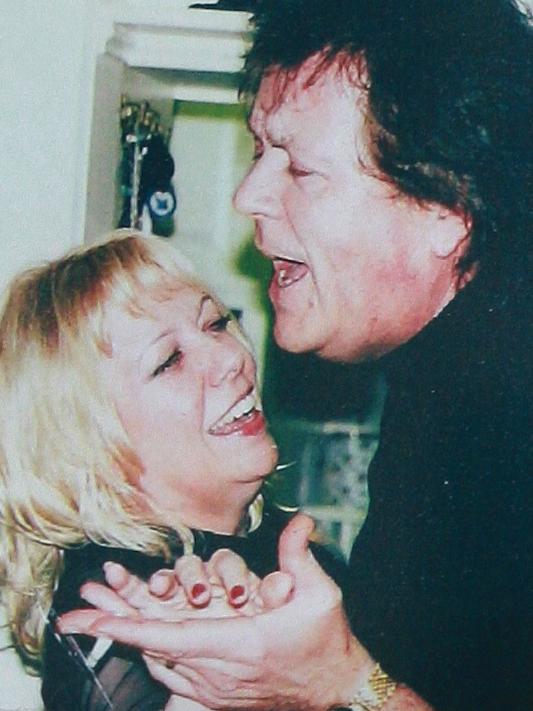
Gobbo’s clandestine role as a police informer began to unravel with the double murder of her former client, Terrence Hodson, and his wife Christine. Hodson was a successful crime figure who knew most of the major players in Melbourne’s gangland but avoided the headlines that tracked their underworld careers by keeping a low profile. He had a long criminal history and had served a number of prison terms. In 2001, he turned informer after being arrested and charged over cocaine offences; his wealth of knowledge made him an invaluable source to police by exposing cocaine and ecstasy networks throughout Victoria.
Like Terrence Hodson, Raymond John Denning had a long criminal history and knew most of the major players in the Sydney prison gangland before he changed sides to become a police informer.
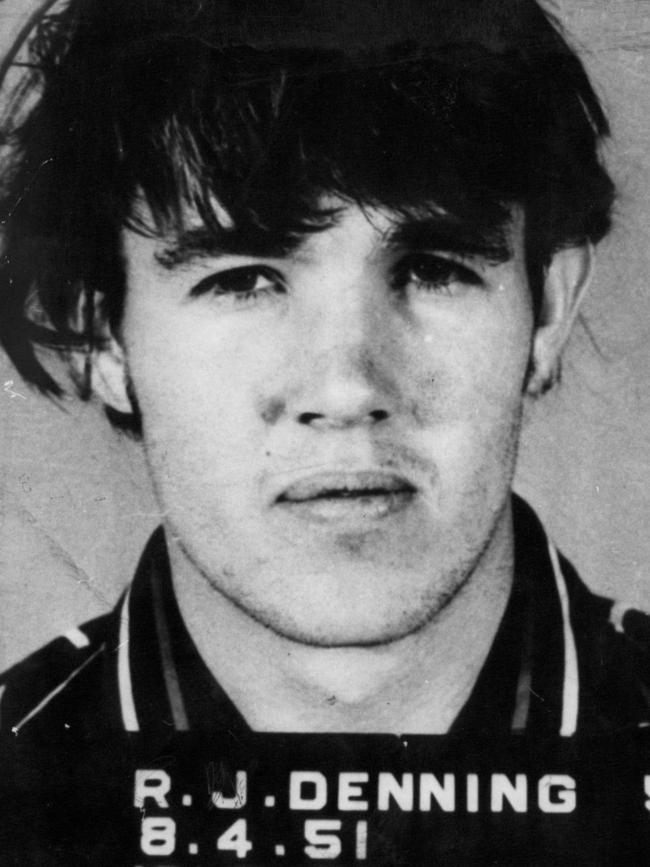
Denning, was propelled to notoriety on Saturday 14 September, 1974, after he bludgeoned Parramatta prison guard, Willy Karl Faber, during an abortive escape attempt with three other prisoners. The ferocity of the attack earned Denning a life sentence on top of the 13 years he was already serving for armed robbery.
I met Denning after my 1970 escape from Sydney’s Long Bay jail. We shared common interests — robbing banks and escaping prison — but there was a parting of the ways when Denning became a dog (informer) and prison supergrass in 1988.
Denning’s road to perdition began when he engineered a major heroin importation from inside his prison cell at Parklea jail during 1986. The plan was thwarted when Denning’s couriers were apprehended at Hong Kong airport by a Joint Task Force of Hong Kong and Australian Federal Police. The bungled heroin importation caused Denning to fear for his life after it was learned the couriers had identified others involved in the conspiracy. Denning conveyed his fears to NSW prison authorities. He was transferred out of maximum security at Parklea to the medium security Bathurst Jail later the same year.
In 1988, Denning was transferred from Bathurst to the low security X Wing at Goulburn Jail from where he escaped on 15 July with Ray Carrion. Shortly after the escape Denning established contact with an old-boy network of ex-prisoners from his days inside the Katingal Special Security Unit. Eight days later he accomplished what the combined police forces of NSW, Queensland and Victoria had failed to do in eleven years — he reunited with Australia’s most wanted fugitive, Russell Cox, who had been on the run since his 1977 escape from the supposedly “escape proof” Katingal Special Security Unit.
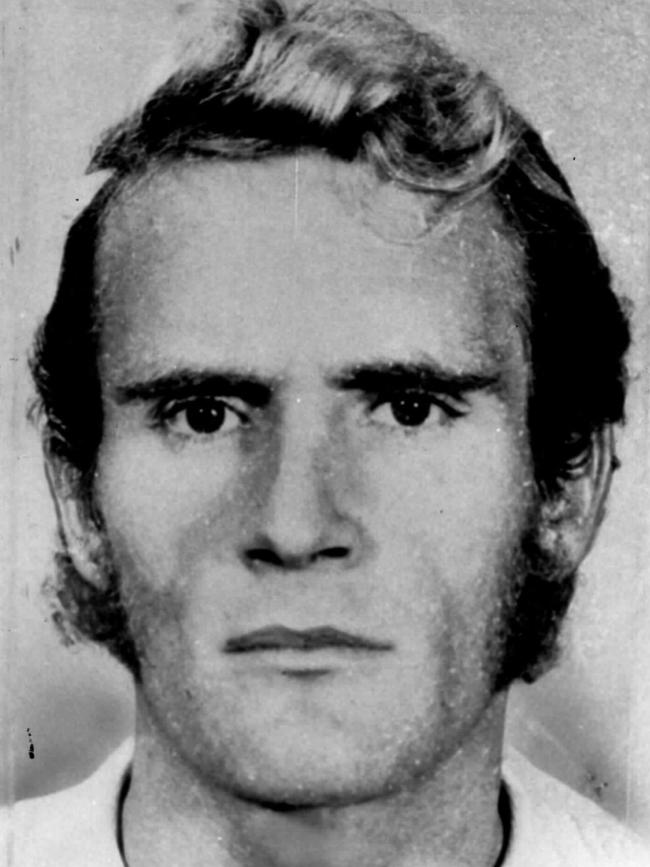

The reunion between Denning and Cox in the Doncaster shopping complex was short-lived after Victorian Police swooped on the pair. The sudden recapture of both men raised speculation among former criminal associates Denning had been allowed to escape in the hope that he would lead law enforcement agencies to Cox.
That speculation gained currency when Denning officially rolled over during the latter part of 1988 and became a supergrass for NSW and Victorian Police.
Denning’s first victim was Tim Anderson. He verballed Anderson by claiming he confessed to the 1978 Hilton bombing while they were in Long Bay. The “jailhouse verbal” was accepted by the jury and Anderson was convicted and sent to prison but he was later freed by the NSW Court of Criminal Appeal who trenchantly criticised Denning’s discredited evidence. Undeterred, Denning pushed ahead for release from prison, while his police handler, Detective Inspector Aarne Tees, made an application on Denning’s behalf for the $250,000 on offer by the NSW Government for the arrest and conviction for the Hilton bombing.

It was December 1990 when I unwittingly torpedoed that reward application by participating in a radio talkback program on Sydney station 2UE with Kathryn Greiner, the wife of then NSW Premier Nick Greiner. During the program I criticised the rewarding of criminal/prisoner informers and revealed how secretive rewarding processes had contributed to some of the country’s worst crimes, including the rape and murder of Sydney nurse Anita Cobby.
I explained how Michael Patrick Murphy became a prison supergrass in September 1979 when he revealed the existence of an escape tunnel inside Parramatta Jail.
Murphy was serving a 10-year sentence for armed robbery when he informed on the Parramatta Tunnel Gang and was rewarded with preferential treatment from NSW prison authorities. His security classification was downgraded and he progressed through the system in relative comfort as a medium/minimum security prisoner. Murphy walked away from the Silverwater Minimum Security prison complex on December 27, 1985. Six weeks later he led a gang who raped and killed Sydney nurse Anita Cobby.
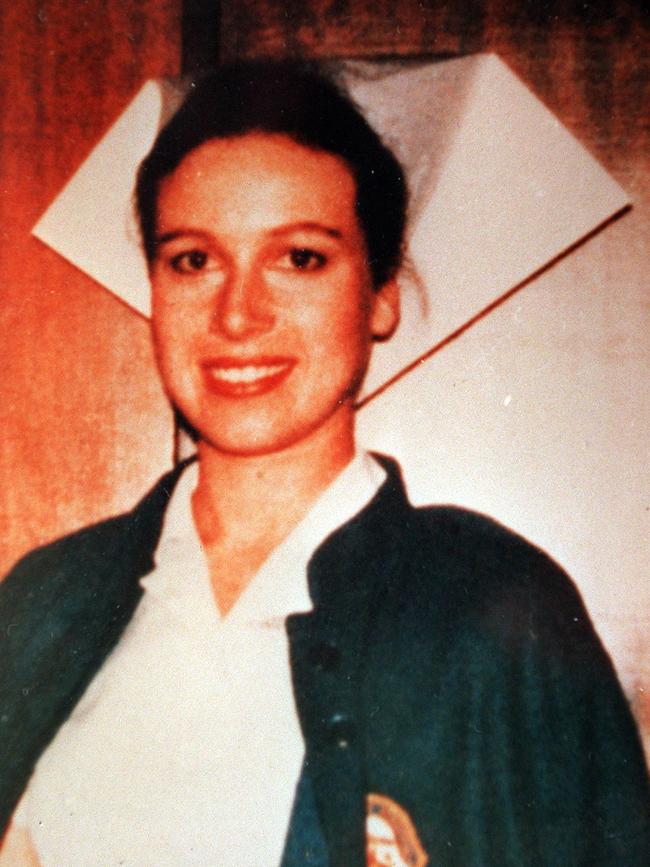
Murphy tried to extricate himself from the murder charges by informing on his two brothers, Gary and Leslie Murphy, as well as two other men, Michael Murdoch and John Travers, but Blacktown detectives refused to do a deal with him and he was charged with Anita Cobby’s murder along with the four other men.
How top cop helped catch Anita Cobby’s killers
After a 54-day trial in Sydney Supreme Court, Michael Patrick Murphy, Leslie Murphy, Gary Murphy, Michael Murdoch and John Travers were all found guilty of the rape and murder of Anita Cobby. Mr Justice Maxwell sentenced the five men to life imprisonment with the recommendation they never be released from prison. Murphy’s informing activities did not save him from the wrath of the community but the secret rewarding processes that created his short-lived freedom remain intact.

I suffered the consequences of revealing those secret rewarding processes between police and prisoner/criminal informers by being arrested shortly after the talkback radio program and extradited to Queensland on trumped up charges relating to a $694,000 armoured van robbery. As a result, I was charged with three counts of attempted murder and robbery with violence which all carried life sentences under Queensland law. While I cooled my heels in the Queensland prison system facing four consecutive terms of life imprisonment for crimes I had not committed I began to contemplate an in-depth study of the use of informers in the criminal justice system.
It revealed an unsavoury alliance between criminality and law enforcement reinforced by brokered justice in secretive backroom deals. I came to the realisation that Australian law makers have contributed to some of the most violent and brutal crimes ever committed in this country by condoning a rewarding process which included the granting of freedom to informers. The secret machinations between informers, law enforcement and the prosecutorial system were not for public consumption. I had become collateral damage to that secretive process by revealing what I knew in the radio talkback program with Kathryn Greiner.
Following the arrest of Australian rugby league international Test player Garry Sullivan and his stepfather Bill Orchard for a string of armoured van robberies between 1985 and 1991, including the one I had been wrongfully imprisoned for, I was released from prison on October 28, 1991.
Raymond John Denning was set free in 1993. He was evicted from the NSW witness protection program by NSW Police Commissioner Tony Lauer and died from a heroin overdose shortly afterwards.
The bastard child spawned of any union between criminal informers and law enforcement agencies is to the detriment of the police, the judiciary, the courts, and society as a whole.
Originally published as Ex-con Bernie Matthews slams secret deals that left Cobby murderer free to kill
